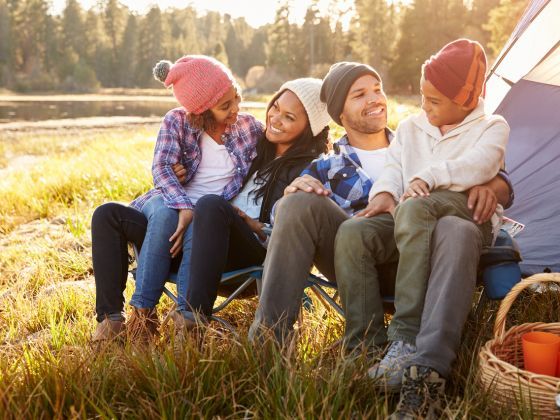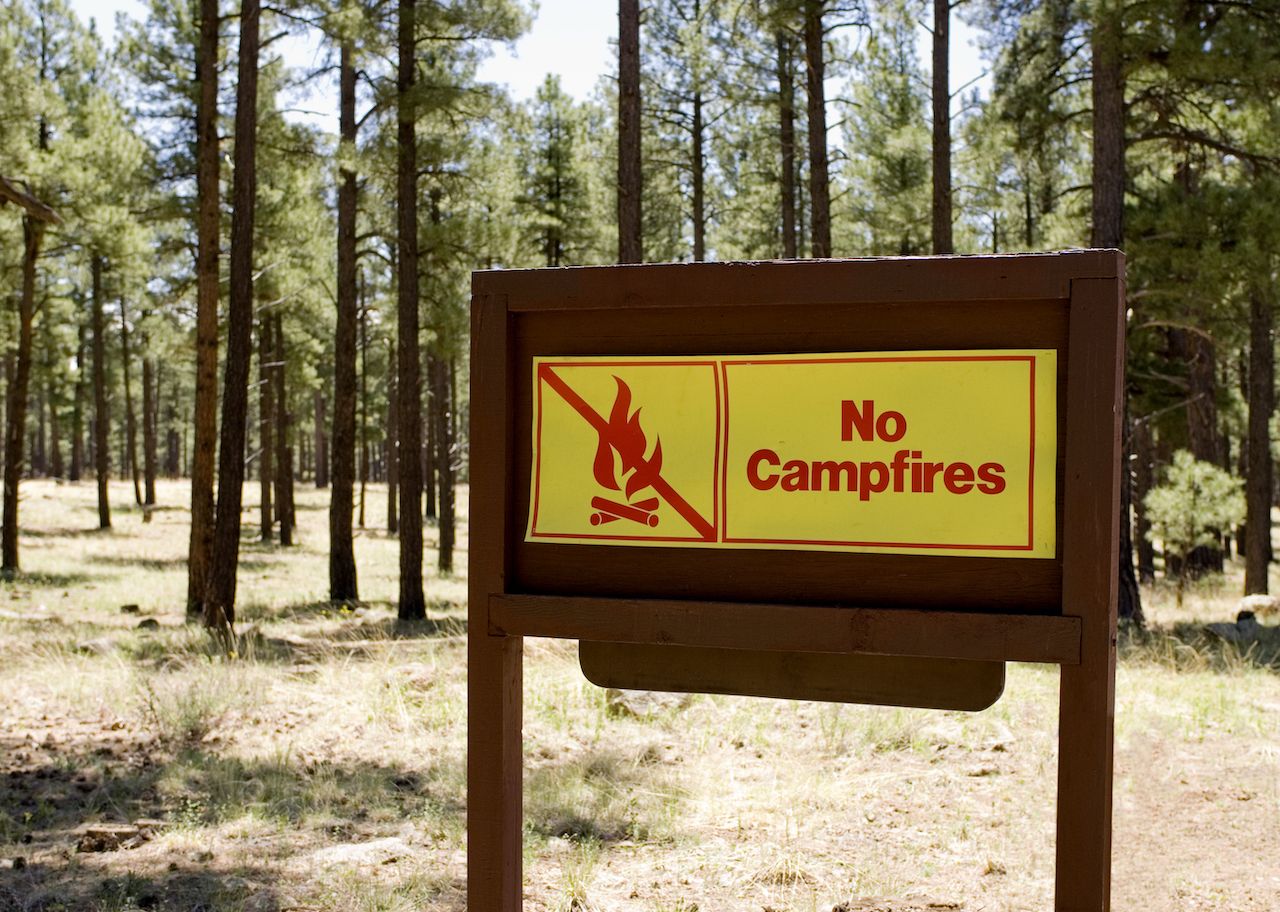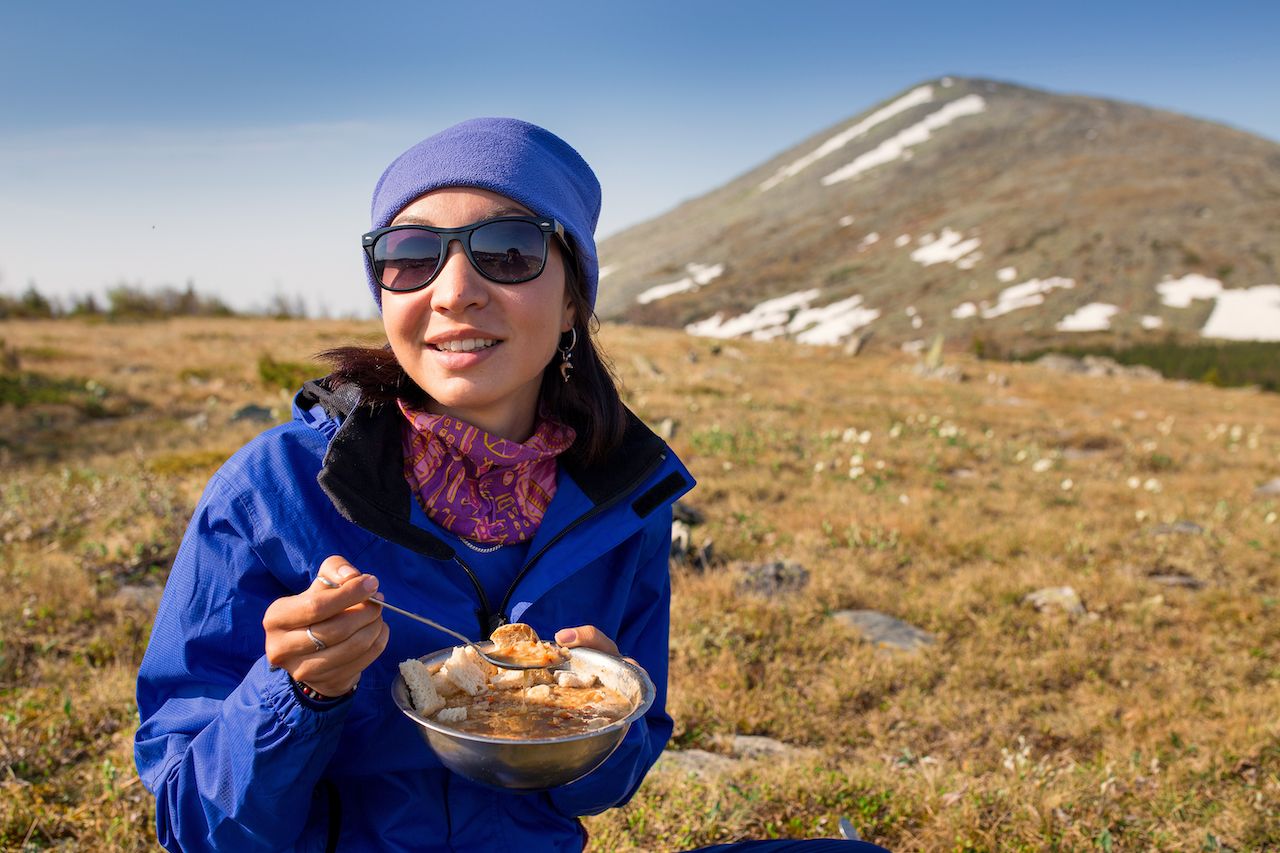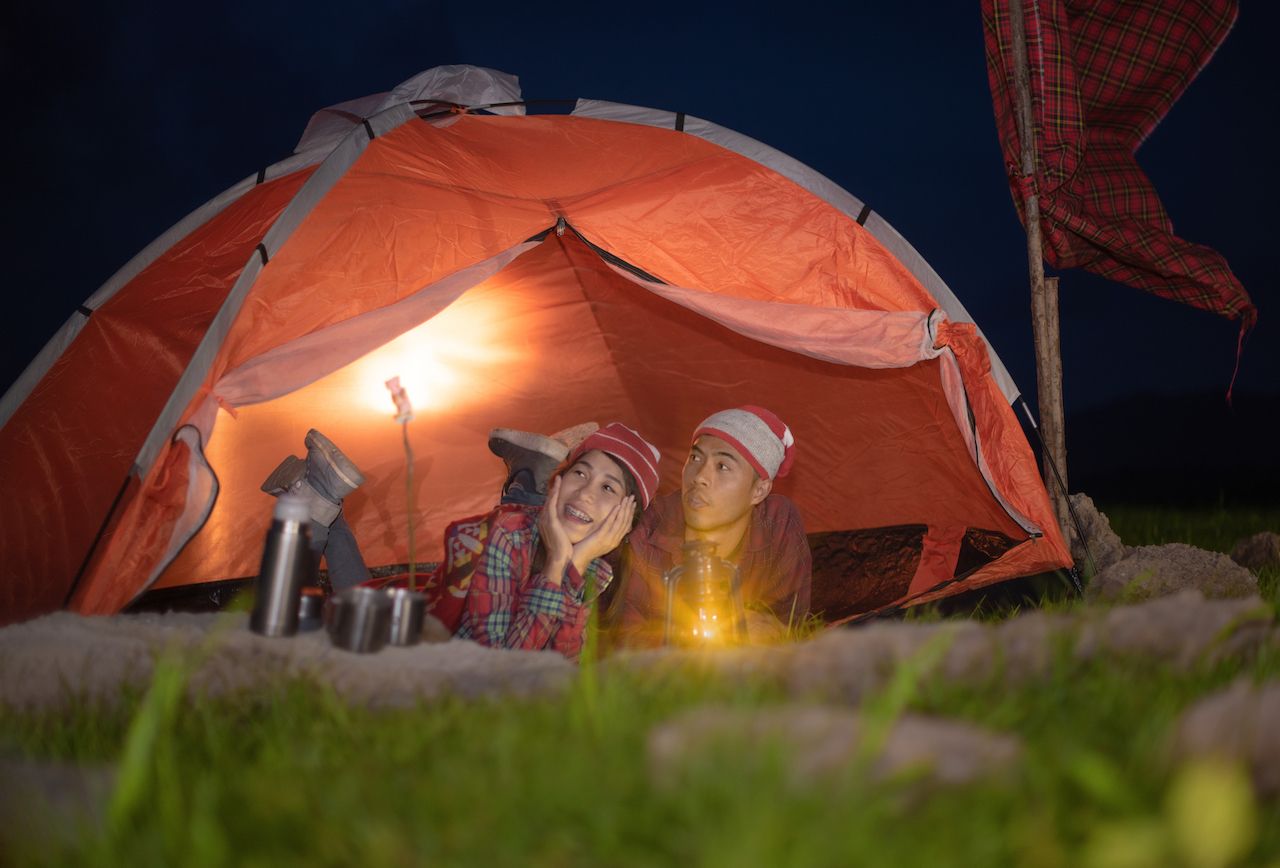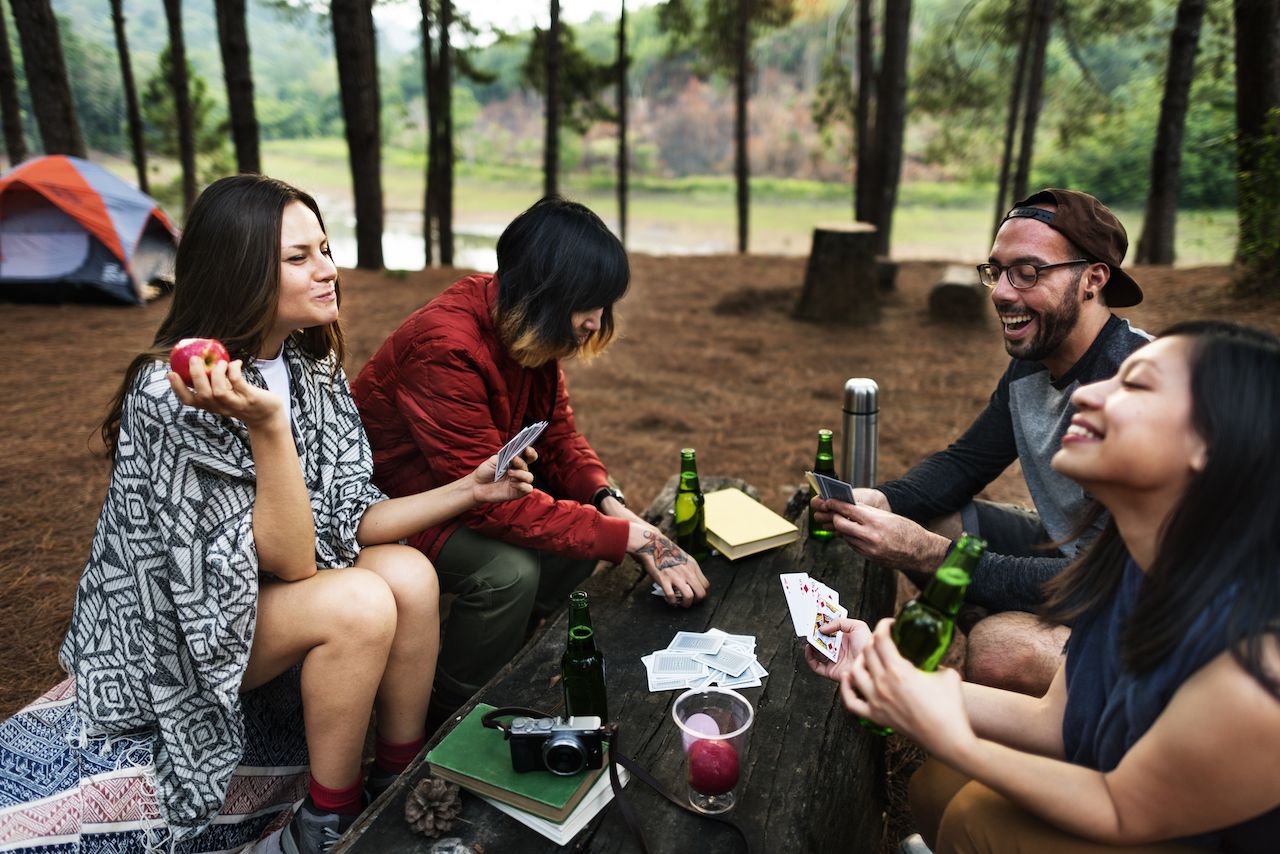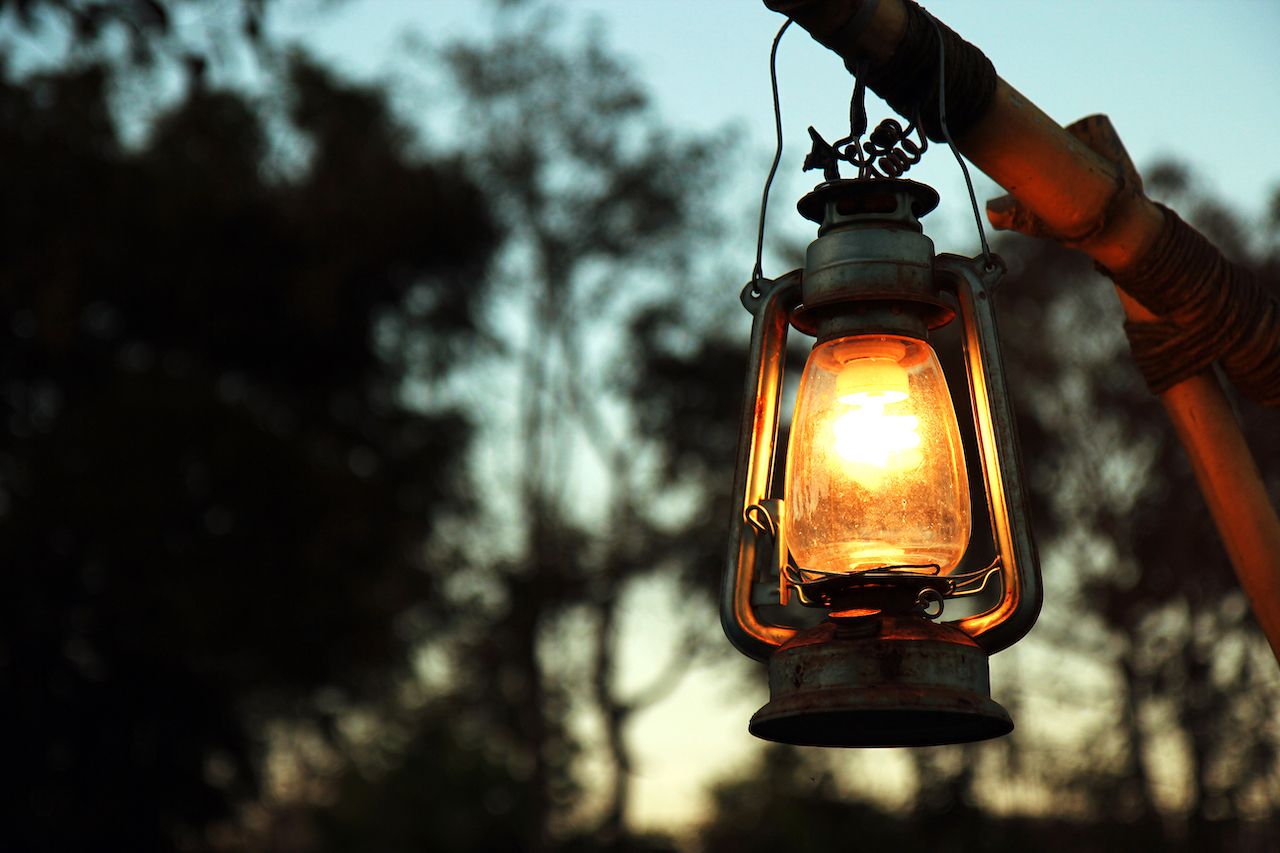In the era of climate change, worse-than-ever wildfires are becoming uncomfortably routine. Just look at California, whose deadly 2018 wildfire season left unprecedented damage, particularly up north. Fires have long been a Golden State trademark, but as temperatures rise and the dry season extends, the magnitude of the infernos is sounding alarms.
In fact, fire danger is high across the western US. Last year, record-breaking blazes also spread through British Columbia and the UK. Accordingly, fire restrictions are getting tougher. With the dry season underway, and a summer of fun up ahead, it’s time to start thinking about camping without fire.
